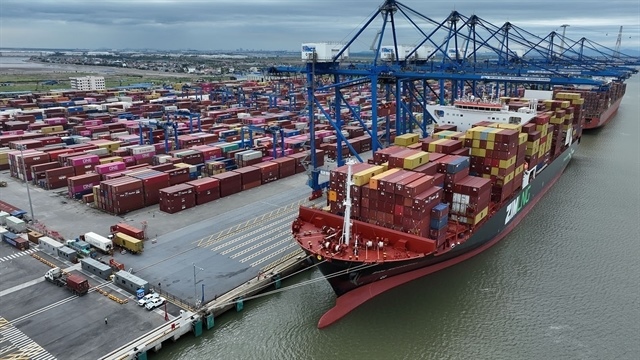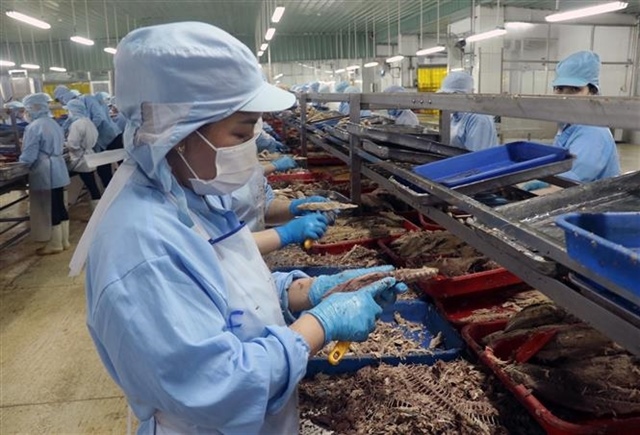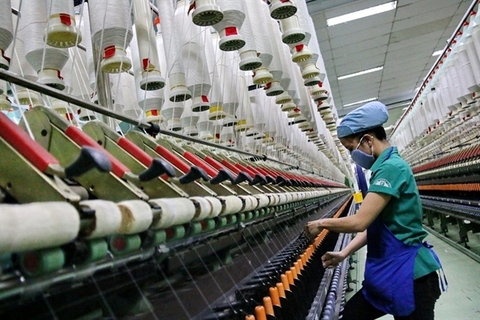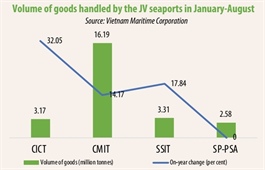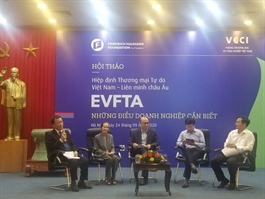Increasing agricultural quality through new EU deal
Increasing agricultural quality through new EU deal
The historic EU-Vietnam Free Trade Agreement has been in force for nearly two months now. Minister of Agriculture and Rural Development Nguyen Xuan Cuong talked with VIR’s Thu Phuong how the agricultural sector has availed of the deal’s benefits and what suite of measures will come out in the rest of the year to expand the gains and reach annual development targets.

Minister of Agriculture and Rural Development Nguyen Xuan Cuong
|
Since the enforcement of the EVFTA, many agricultural producers have made inroads into the European Union. What leads to their success in accessing the new market?
The Ministry of Agriculture and Rural Development (MARD) last week worked with the Central Highlands province of Gia Lai to start export shipments of coffee and fresh passion fruit to the EU, and teamed up with Ben Tre province in the Mekong Delta to accelerate shipments of fruit to this market after accessing the tariff incentives from the EU-Vietnam Free Trade Agreement (EVFTA).
Earlier, the south-central province of Ninh Thuan celebrated the first shrimp exports that are eligible for EVFTA benefits. These positive outcomes followed the agricultural sector’s thorough preparations for the deal.
The signing of the EVFTA brings many advantages. Firstly, it helps beef up exports to this important market in product categories where Vietnam holds an advantage such as shrimp, coffee, fruits, and rice.
Secondly, through the deal, we can get access to cutting-edge processing technology from the EU by attracting foreign direct investment.
Thirdly, local businesses can improve management expertise via cooperating with European counterparts on management training for mutual development.
To access these advantages, right from the start, the Ministry of Industry and Trade, businesses, and farmers have been actively preparing to meet the EU’s conditions, while restructuring production to create links from input material preparation to deep processing and consumption. This has helped local agricultural businesses to avail themselves of the EVFTA benefits after the deal came into power. Preliminary statistics show that one month after the EVFTA came into force in August, Vietnam’s export value to the EU surged by 15-17 per cent on-month.
Alongside support from state bodies, businesses play a key role in capitalising on EVFTA opportunities. How do you assess the role of pioneering businesses in promoting Vietnamese agricultural exports in the EU?
Clearly, businesses are the nucleus of the production chain by not only applying science and technology but also streamlining trade and exports.
It is crucial to provide the support businesses need, including small businesses, foreign-invested ones, and particularly those in rural and remote areas. This will help the creation of smooth links with farmers to establish close chains for modern agriculture and ensure the success of the agricultural sector.
What are the most important measures to help Vietnamese businesses conquer the EU market?
Restructuring production to ensure compliance with food safety and origin of goods rules is of great importance, as without it, the tremendous opportunities from the EVFTA would stay out of reach.
The MARD will continue working closely with businesses and encouraging firms to concentrate on product categories where Vietnam holds an advantage like fruit and vegetables, seafood, and cash crops. We will also push up chain-based production with a close eye on product quality and will ensure that businesses have the necessary skills to succeed in their new environment.
More radical and sustainable solutions are needed in the long haul to promote chain-based production and tighten links with farmers to establish closed production chains from input material preparation to processing and sale.
The EU has significance far beyond a simple export market. Successful exportation to this market will attest to the production capacity of Vietnamese farmers and will be a clear indicator that “Made in Vietnam” goods have the capacity to pass any market gate.
Could the agricultural sector leverage EU exports to counter the impacts of COVID-19 and reach the $41 billion export target for this year?
Like other sectors, the agricultural sector is doing its utmost to achieve our dual targets for 2020: ensuring pandemic containment and reaching the set goals, including the export target. Right from outset of 2020 we have made great efforts to ensure businesses can maximise their benefits from policy incentives and what we have achieved so far is significant.
Besides inclusion programmes (the national target programme on new rural development and agricultural restructuring programme), the sector will deploy a raft of other promotion activities. For instance, in the rest of the year, about 10-12 major projects would be kicked off, mainly focusing on agricultural processing.
With the determination of the agricultural sector as a whole, we believe we can reach the full-year projections.


